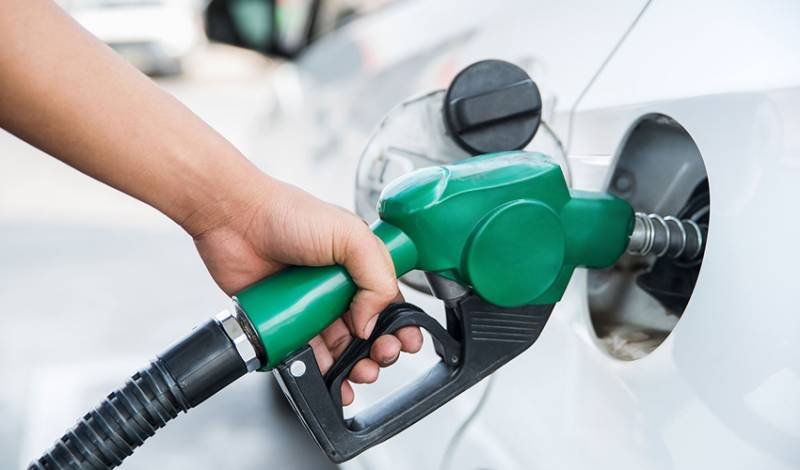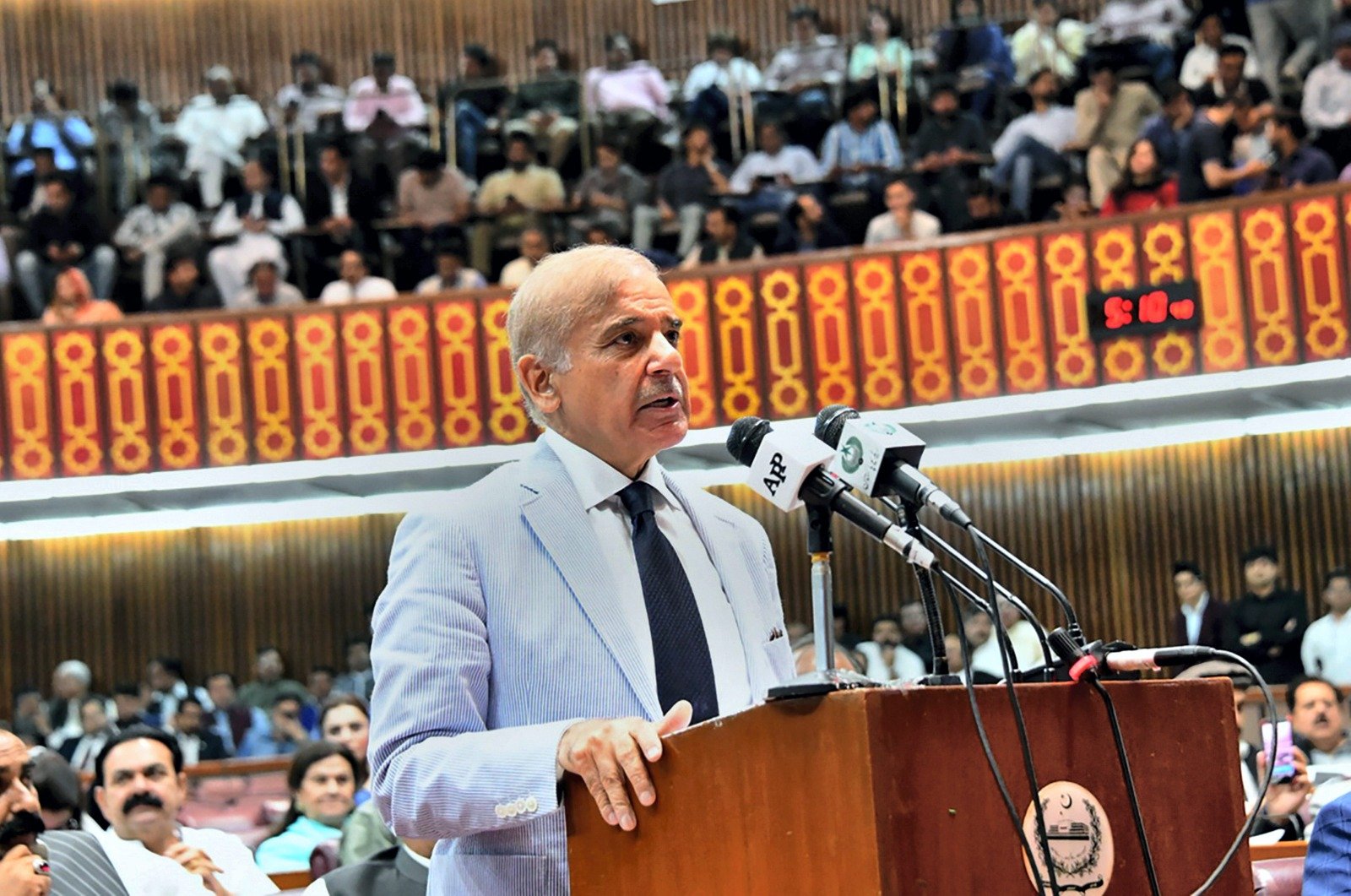Miracle Alert: Govt Might Actually Lower Petrol Prices by Rs5.50 per Litre from Aug 1

The upcoming reduction in petroleum prices in Pakistan from August 1, 2024, marks a significant change for consumers who have faced rising fuel costs in recent months. As the government prepares to announce the new pricing structure, this decision reflects both global market influences and domestic economic strategies.
Here’s an overview of the key details, factors influencing the change, and potential implications for Pakistan’s economy and citizens:
New Petroleum Prices from August 1, 2024
Petrol and Diesel Price Reduction:
- Petrol: Expected to be reduced by Rs5.50 per litre.
- Current Price: Rs275.60 per litre
- New Price: Rs270.10 per litre
- Diesel (High Speed Diesel – HSD): Expected to be reduced by Rs11.06 per litre.
- Current Price: Rs283.63 per litre
- New Price: Rs272.57 per litre
Kerosene and Light Diesel Oil (LDO) Price Reduction:
- Kerosene Oil: Expected to be reduced by Rs5.84 per litre.
- Current Price: Rs183.71 per litre
- New Price: Rs177.87 per litre
- Light Diesel Oil (LDO): Expected to be reduced by Rs5.07 per litre.
- Current Price: Rs166.25 per litre
- New Price: Rs161.18 per litre
These reductions offer a significant relief to consumers and are poised to positively impact the transportation sector, household budgets, and the overall cost of living.
Factors Influencing Price Reduction
The decision to lower petroleum prices is driven by several key factors:
- Global Oil Market Dynamics:
- The decline in international oil prices is primarily influenced by a $1.50 per barrel reduction in the premium for diesel by the Kuwait Petroleum Company (KPC).
- There has been a reduced demand for petroleum products from major economies like the United States and China, contributing to a global surplus and subsequent price decrease.
- Government Pricing Strategy:
- The government’s effort to provide relief to consumers follows recent price hikes. For the last two fortnights starting from July 1 and ending on July 31, the petrol price was increased by Rs17.44 per litre and diesel by Rs15.74 per litre.
- By adjusting prices downward, the government aims to stabilize the domestic economy and ease the financial burden on consumers.
- Petroleum Levy and Internal Freight Margins:
- Internal Freight Margins:
- Petrol: Rs7.79 per litre
- Diesel: Rs4.51 per litre
- Premium Rates:
- Petrol: $8.48 per barrel
- Diesel (HSD): $5 per barrel
These margins and premiums have played a role in determining the final pricing structure.
- Internal Freight Margins:
- Potential Petroleum Levy Adjustment:
- If the government decides to increase the petroleum levy by Rs5 per litre on both petrol and diesel, the expected relief could be significantly reduced:
- Petrol Relief: Reduced to Rs0.50 per litre.
- Diesel Relief: Reduced to Rs6.06 per litre.
- If the government decides to increase the petroleum levy by Rs5 per litre on both petrol and diesel, the expected relief could be significantly reduced:
This possibility illustrates the balancing act the government faces between providing consumer relief and meeting fiscal objectives.
Potential Implications
The anticipated price reduction holds several potential implications for Pakistan’s economy and society:
- Economic Impact:
- Cost of Living: Lower fuel prices can lead to a reduction in transportation costs, potentially resulting in lower prices for goods and services. This may alleviate inflationary pressures and enhance purchasing power for consumers.
- Transport Sector: Reduced fuel costs are likely to benefit the transportation sector, particularly public transport operators and goods carriers, leading to more stable or reduced fares and freight charges.
- Industrial and Agricultural Sectors:
- Industrial Productivity: Industries reliant on fuel for production and logistics may experience cost savings, boosting overall productivity and competitiveness.
- Agricultural Operations: Farmers may benefit from reduced operational costs, particularly in areas such as irrigation and transport, positively impacting agricultural output and profitability.
- Fiscal Considerations:
- Government Revenue: The potential reduction in petroleum levy highlights a trade-off between consumer relief and government revenue generation. Striking a balance is crucial for maintaining fiscal stability.
- Subsidies and Budgeting: The government may need to reassess its subsidy allocations and budgetary priorities in light of changing petroleum revenues.
- Environmental Considerations:
- Consumption Patterns: While lower prices might increase fuel consumption, it could also accelerate efforts to transition towards cleaner and more sustainable energy sources.
- Policy Initiatives: The government could use this opportunity to promote energy efficiency measures and invest in renewable energy projects, aligning with global sustainability goals.
- Social Impact:
- Household Budget Relief: The decrease in fuel prices can relieve household expenses, particularly benefiting low and middle-income families who spend a significant portion of their income on transportation and energy.
- Public Sentiment: Consumer sentiment may improve with reduced prices, potentially leading to increased economic activity and consumer confidence.
The government’s likely decision to cut petroleum prices from August 1, 2024, represents a strategic move aimed at balancing global market trends with domestic economic needs. By reducing the cost of petrol, diesel, kerosene, and light diesel oil, the government aims to provide immediate relief to consumers and foster economic stability. However, the potential adjustment in petroleum levies underscores the complexities of fiscal management and the need to navigate competing priorities carefully.
As the new pricing takes effect, it will be essential to monitor the broader economic impact and ensure that the benefits reach various sectors of society. The government’s actions in this area will likely play a significant role in shaping public perception and economic performance in the coming months.










